The finishing on leather plays a critical role in enhancing its overall quality for longevity. Different types of leather finishes highlight different characteristics of leather, as leather products can have a completely different appearance and feel, depending on how perfectly the leather finishing is carried out.
So, before you look for leather products such as leather jackets or leather bags, it is essential to understand the different types of leather finishes to get the perfect one.
Browse SCIN to explore different types of leather jackets at the best pricing! All our leather products go through a proper finishing process for a perfect color and shine. Visit our store now!
What is Leather Finishing?
Leather finishing is a procedure where different dyes and chemicals are applied on the leather to give it the needed color, texture, robustness and durability. The finishing of leather serves as a defensive barrier that makes leather more resistant to wear and tear, water, and stains.
For example, the finishing of leather can lighten or darken the color of the product, or protect against frigid temperature or high humidity. The crucial thing to remember is that the leather finishing makes sure that the product has long-lasting quality and a stunning aesthetic.
8 Types of Leather Finishes
Below is the list of eight most popular types of leather finishes, each designed to bring out specific style and use.
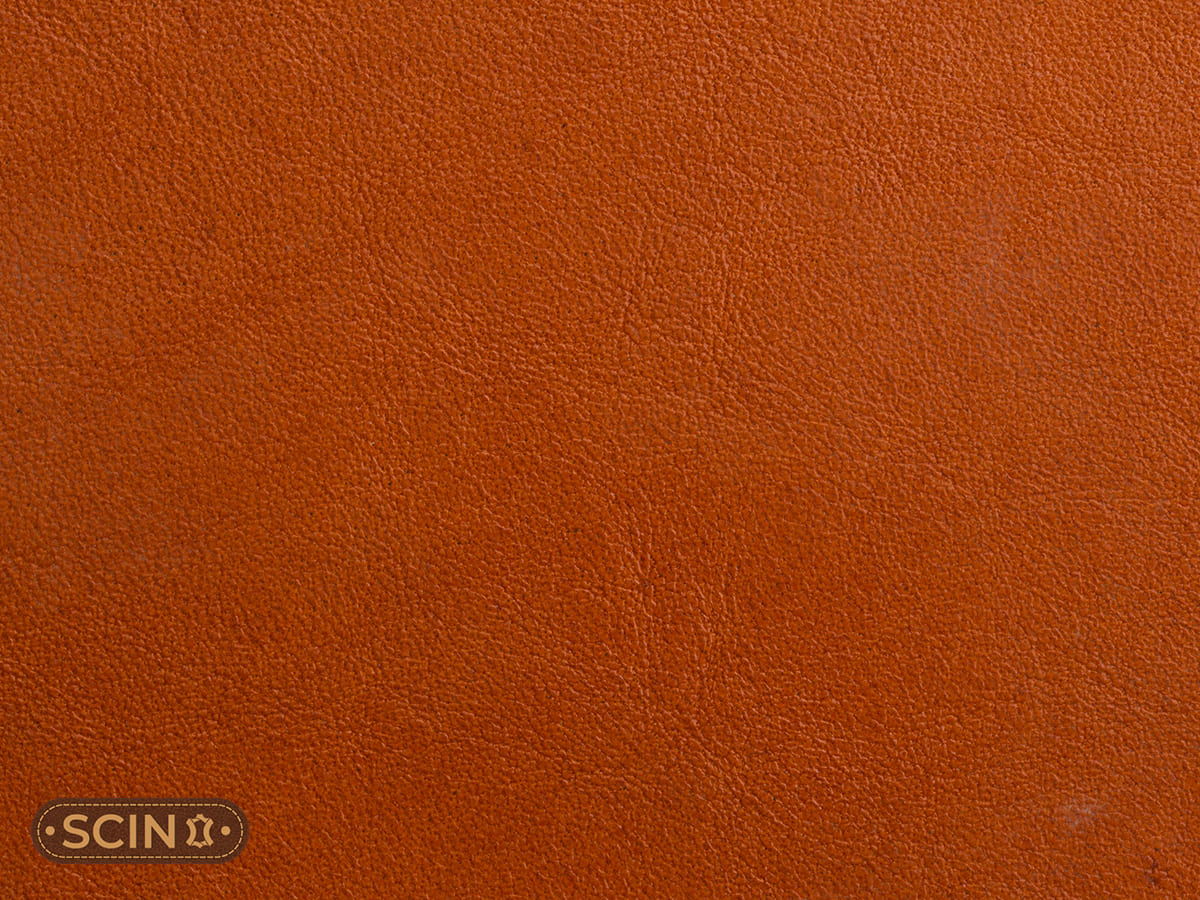
Aniline Leather Finish
Aniline leather finish is primarily known for its unaltered and natural looking finish as it retains its original look. It is dyed with soluble, transparent dyes but not coated for protection. Aniline leather finish allows the leather’s natural texture and grain to be clearly visible. This type of leather finishing is generally for high-end leather jackets and accessories, particularly full-grain leather, offering a soft and luxurious feel.

Semi-Aniline Leather Finish
Although semi-aniline leather finish is similar to aniline leather finish, it has a more protective finish comparatively. There is a thin protective layer that guards against stains and fading as well as adds durability. Semi-aniline leather finish retains the natural grain, texture, and rich color of leather. This leather finish is famous in luxury furniture, car interiors, and fashion accessories. But it is most commonly used for both men’s leather jackets and women’s leather jackets because it combines the luxury look of aniline finish with the added protection for wear and tear.
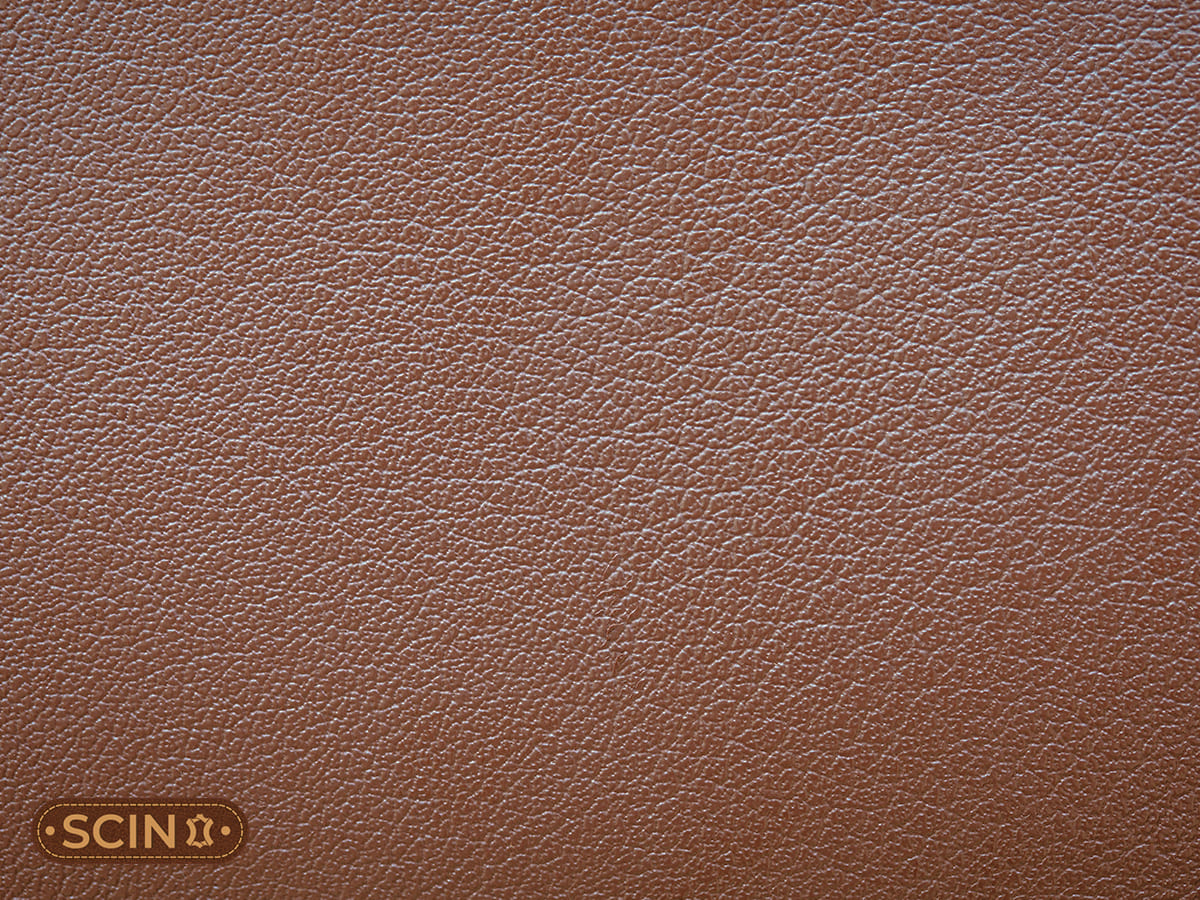
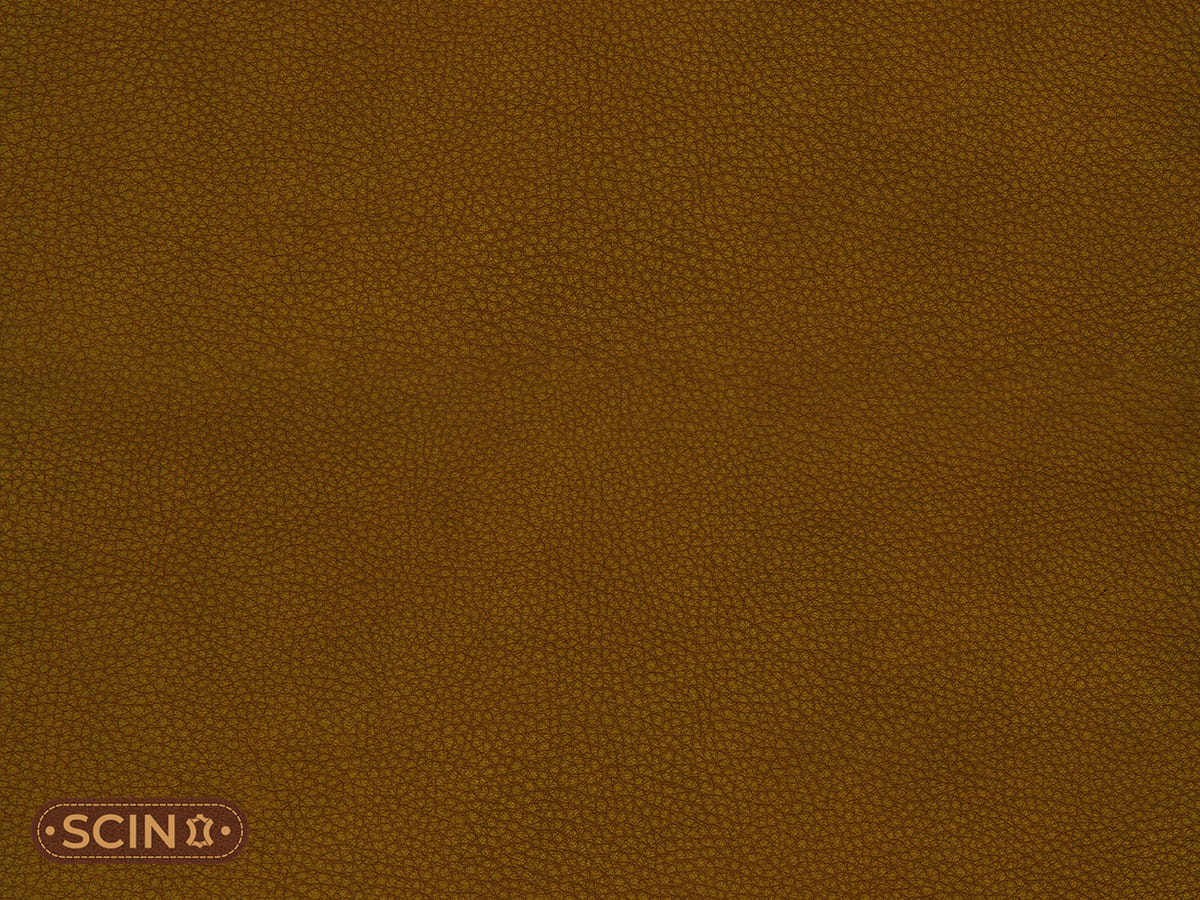
Pigmented Leather Finish
One of the most common types of leather finishes is a pigmented leather finish also known as a top coat. The pigmented leather finishing is a practice where the layer of color or a heavy coat of pigments is applied to the surface of the leather. Pigmented leather finish provides a solid, even color and makes the leather item less prone to wear and tear, fading and staining. It is a popular choice for people who want a leather product with a more uniform look and extra protection. Pigmented leather finish is most often used for furniture and jackets.

Patent Leather Finish
The patent leather finishing is achieved by applying a layer of liquid resin, acrylic finishes, or plastic coating/lamination over the leather to give a beautiful, highly glossy appearance. Patent leather finish is highly known for its reflective and smooth surface. This surface of patent leather makes the leather product easy to clean, but it gets more vulnerable to scratches and staining. It is an ideal type of leather finish for people seeking bold and glorious leather products and is often seen in shoes, bags, and high-fashion leather jackets.
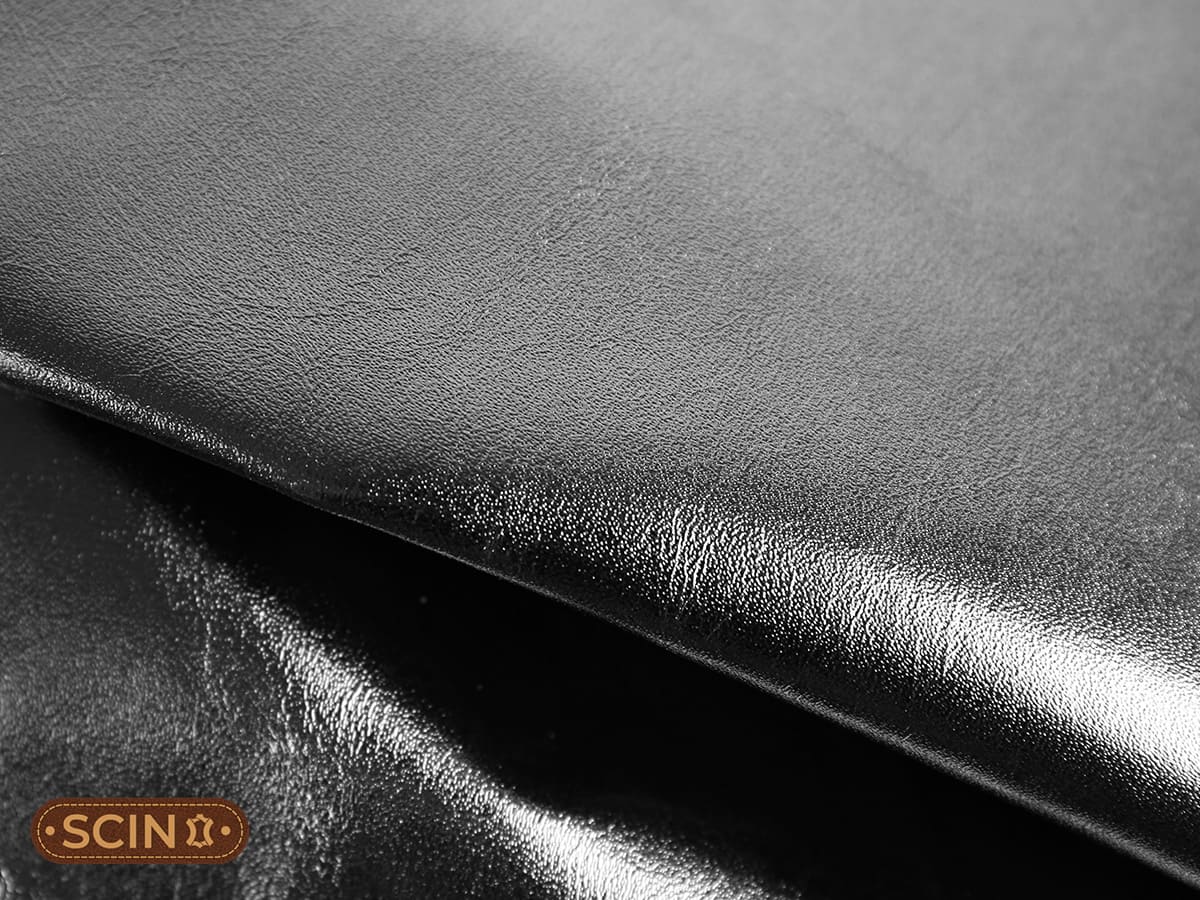
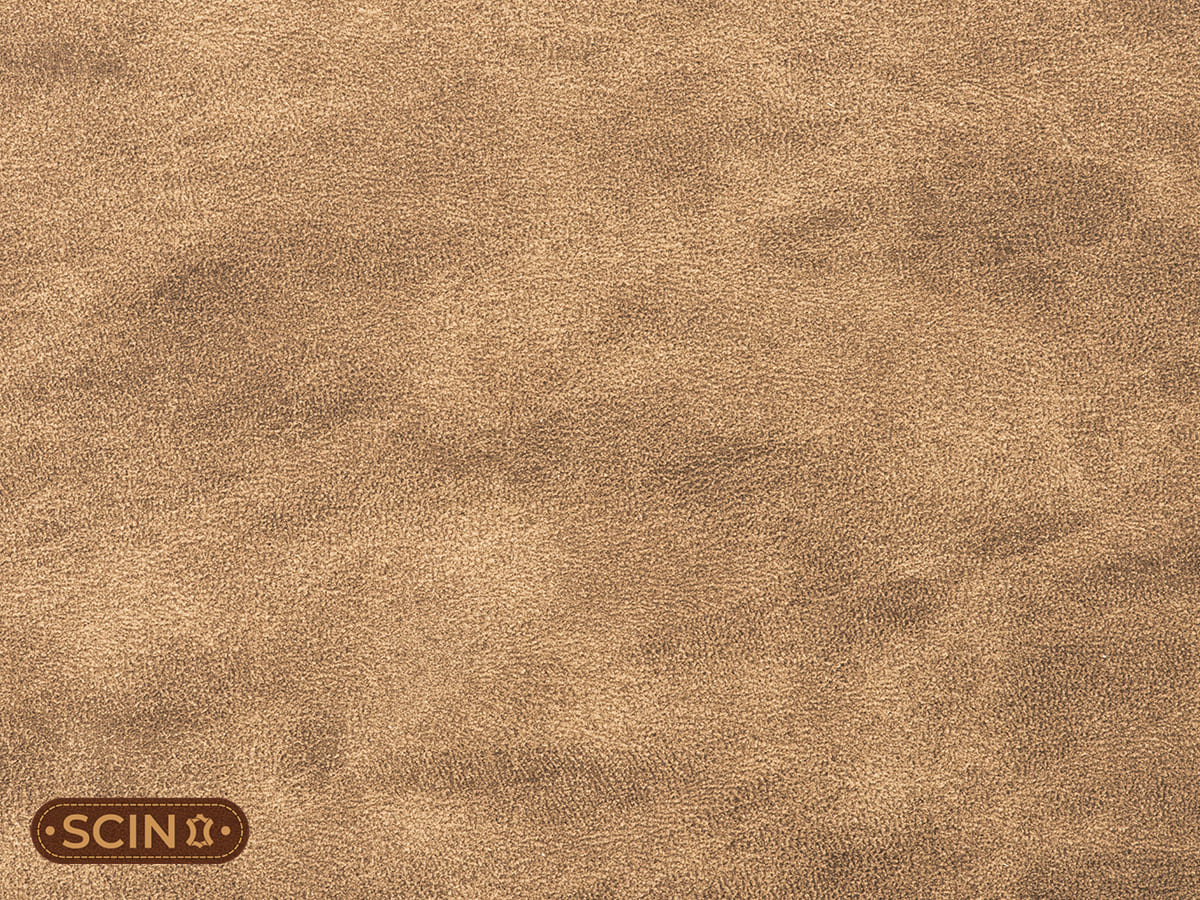
Nubuck Leather Finish
The nubuck leather finishing is achieved by sanding the surface of the top-grain leather to create a smoother yet slightly textured feel. As it is buffed on the grain side, nubuck has a finer texture because of the collagen fibers used in it. Nubuck leather finish gives a luxurious feel which makes it a common choice for men’s leather jackets and women’s leather jackets. However, although it is slightly more durable compared to other types of leather finishes, it is more vulnerable to stains and requires careful maintenance.

Full-Grain Leather Finish
Full-grain leather is one of the highest quality leather finishes. This is because of its breathability, strength, and aging process. During the finishing of full-grain leather, the leather is not sanded or buffed, rather left untreated or just lightly sealed to retain all of its original texture including scars, wrinkles, and pores. Full-grain leather finishing typically involves very minimal alterations and allows the leather to create a unique patina over time, making it one-of-a-kind. It is mostly used in men’s leather jackets.
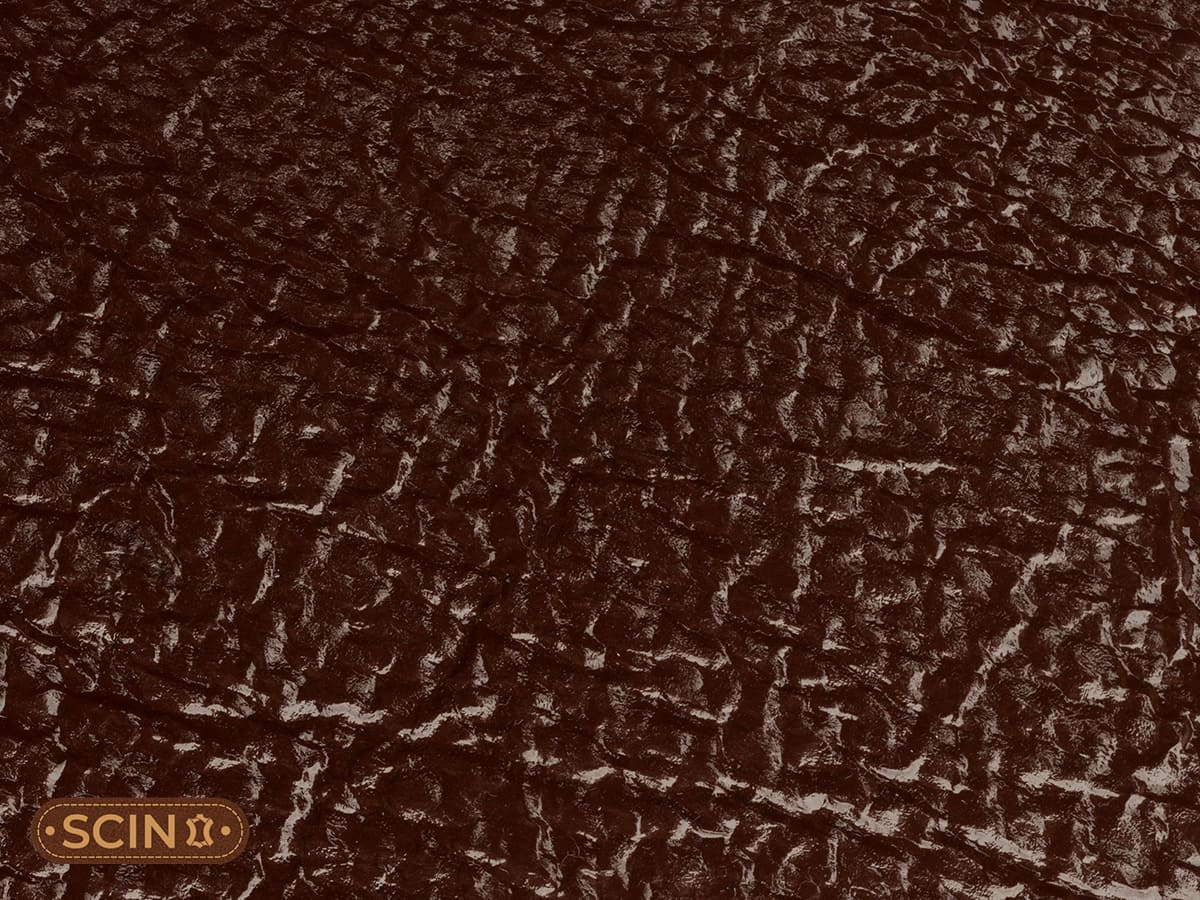
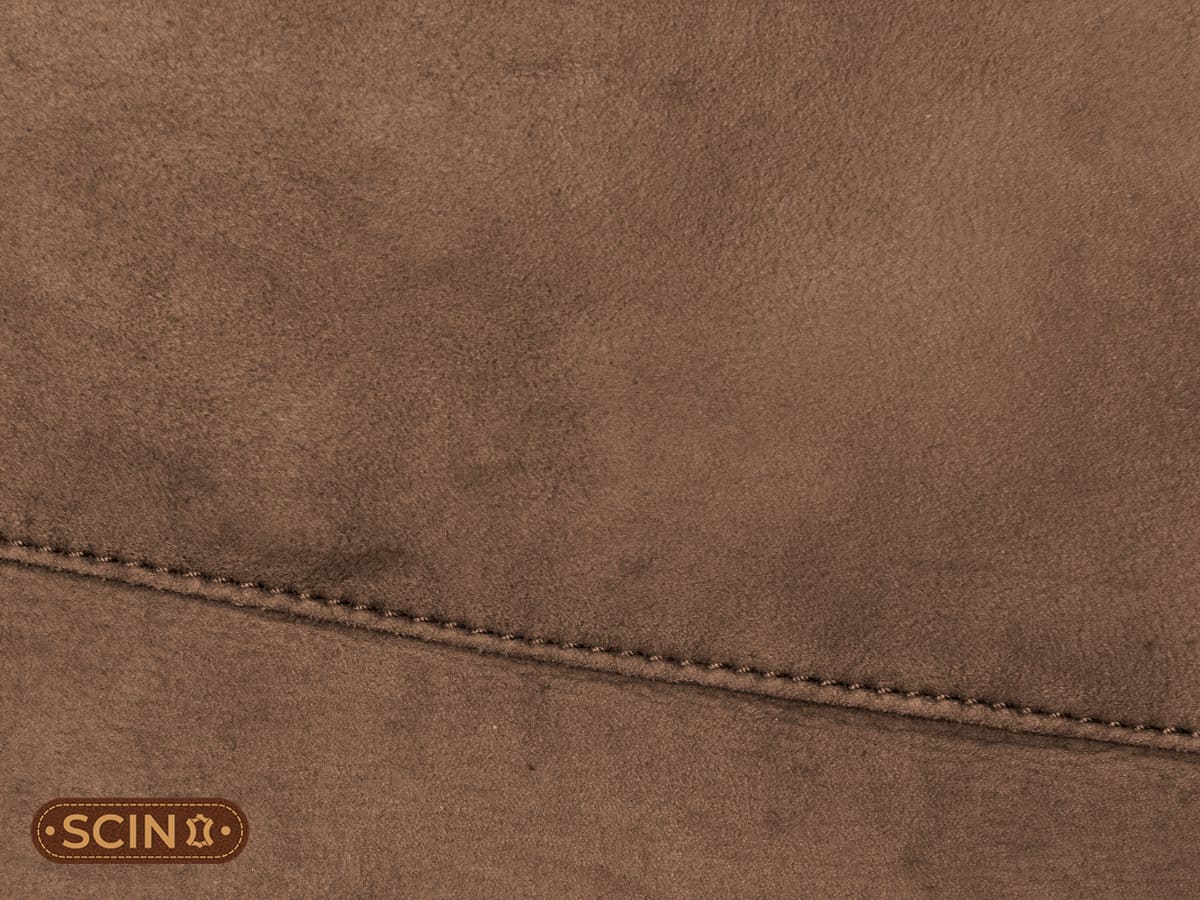
Suede Leather Finish
Suede is known for its velvety and smooth feel. It is often used for more delicate leather products. Suede leather finish is created by splitting and sanding the inner side of the leather to produce a soft, fuzzy (raised fibers) surface. Because it uses the inner side of the leather, this gives it a highly distinct and rich appearance unlike other finishes such as nubuck which are sanded on the outside. Suede leather finish is a popular choice in fashion.

Oil Leather Finish
Oil leather finish undergoes treatment with oils or waxes to enhance its softness and durability. This finishing gives the leather a rugged and weathered appearance as well as makes it highly resistant to water and wear and tear. Such types of finishing are mostly used for workwear to endure rough conditions or for highly casual and outdoor items like boots and jackets. Because the finishing of leather is soft, it creates a cushy texture that is ideal for comfortable wear.
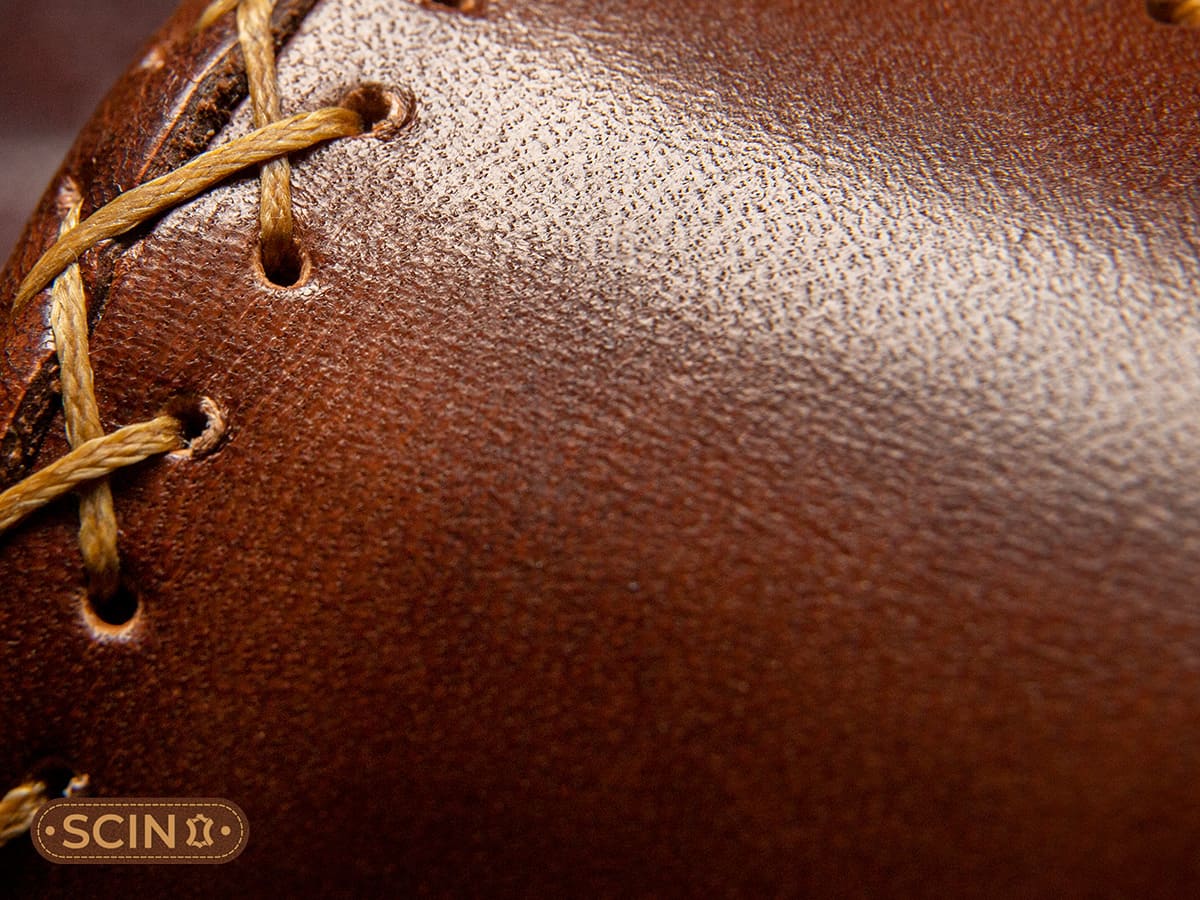
Factors to Consider When Choosing Leather
Choosing the right type of leather is an essential part during your leather selection process. Different types of leather finishes offer varying characteristics that influence the appearance, texture, and durability of the product. It is important to evaluate the intended use, style, budget, and maintenance requirements of your leather item before settling on the perfect finish.
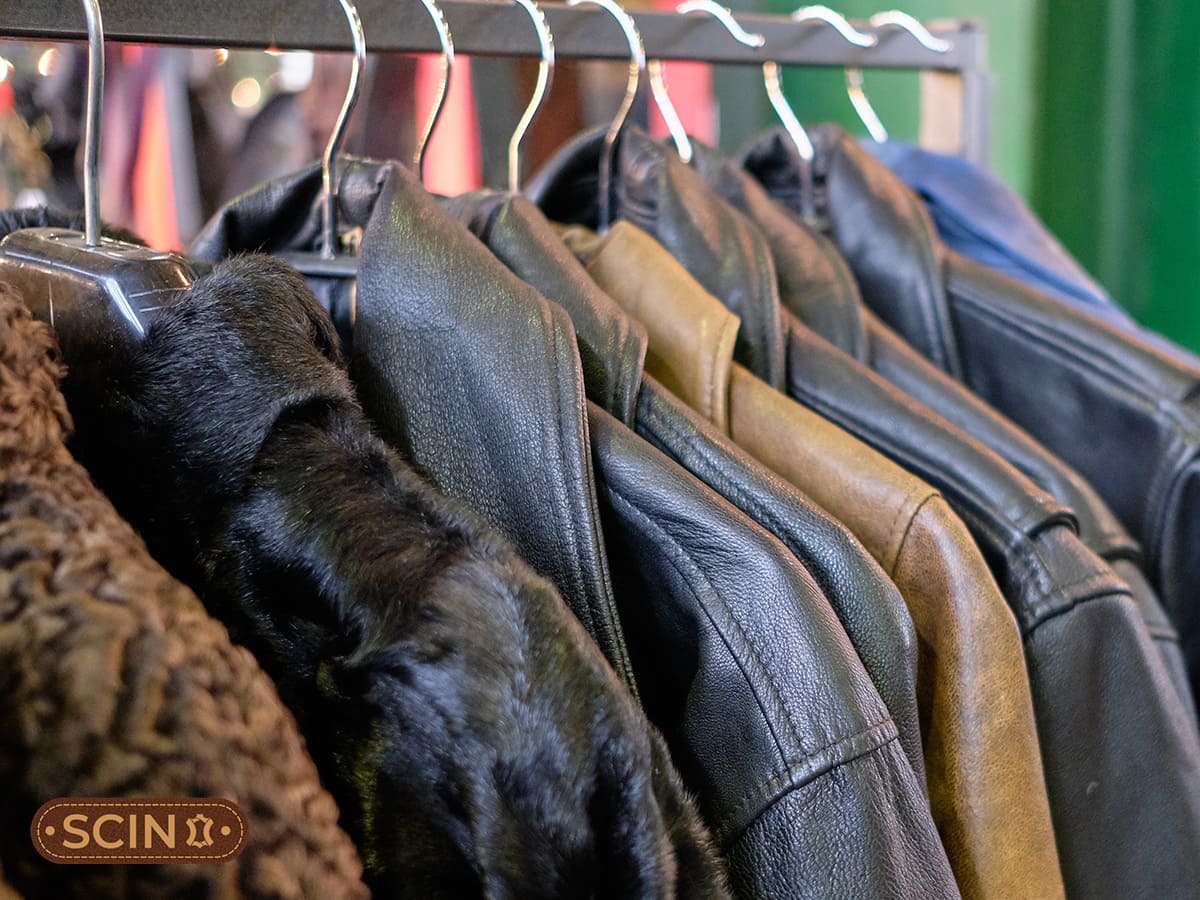
Intended Use
Leather finishes should be chosen based on the product’s intended use. For example, for men’s leather jackets and women’s leather jackets used in casual wear, the best choice might be aniline leather finish or semi-aniline leather finish because of the natural look and a touch of luxury. On the other hand, if you are looking for a more durable and stain-resistant leather then pigmented leather may be the best choice for you as the extra layer of coating makes it protective against scratches and fading.

Style and Aesthetics
The appearance of the leather tends to be the key consideration when choosing the right leather finish. This is because not every finishing suits all types of leathers nor the events. For example, a glossy patent leather finish might be ideal for a formal occasion, while a nubuck or suede finish offers a more laid-back, luxurious look for casual wear.
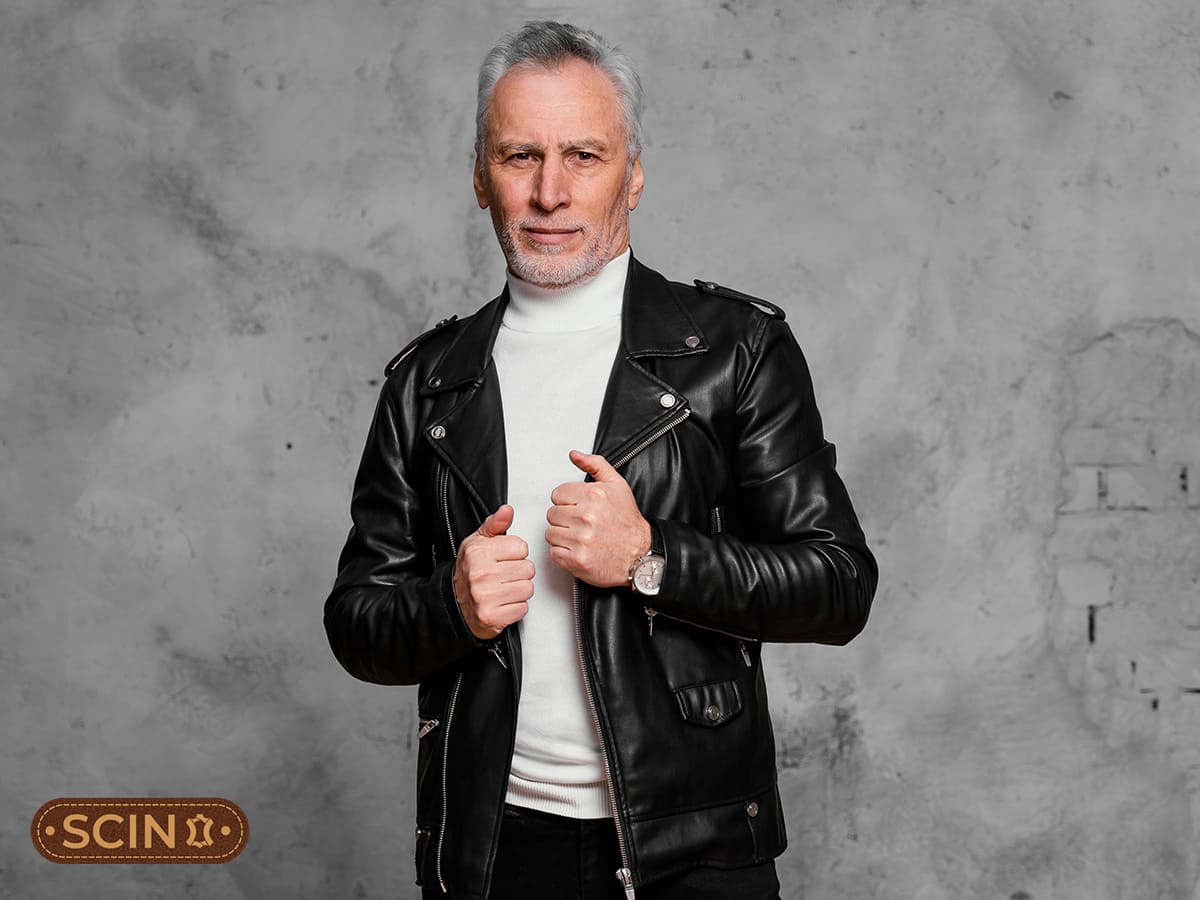

Budget
Different types of leather finishes vary significantly in price, because the leather types, quality, and texture often affect the overall cost. Full-grain leather and aniline leather finishes are often more expensive due to their high quality and luxurious appeal compared to other types of leather. In contrast, pigmented leather finish tends to be more affordable. So, allocate your budget wisely while buying a leather jacket.

Maintenance
Different leather types and finishes need to be cared for in different ways. For instance, leather finishes such as nubuck and suede, require more maintenance and attention to retain their appearance and keep them from staining and fading. Pigmented leather finishes, on the other hand, are easier to maintain and are less prone to staining, fading and wear.
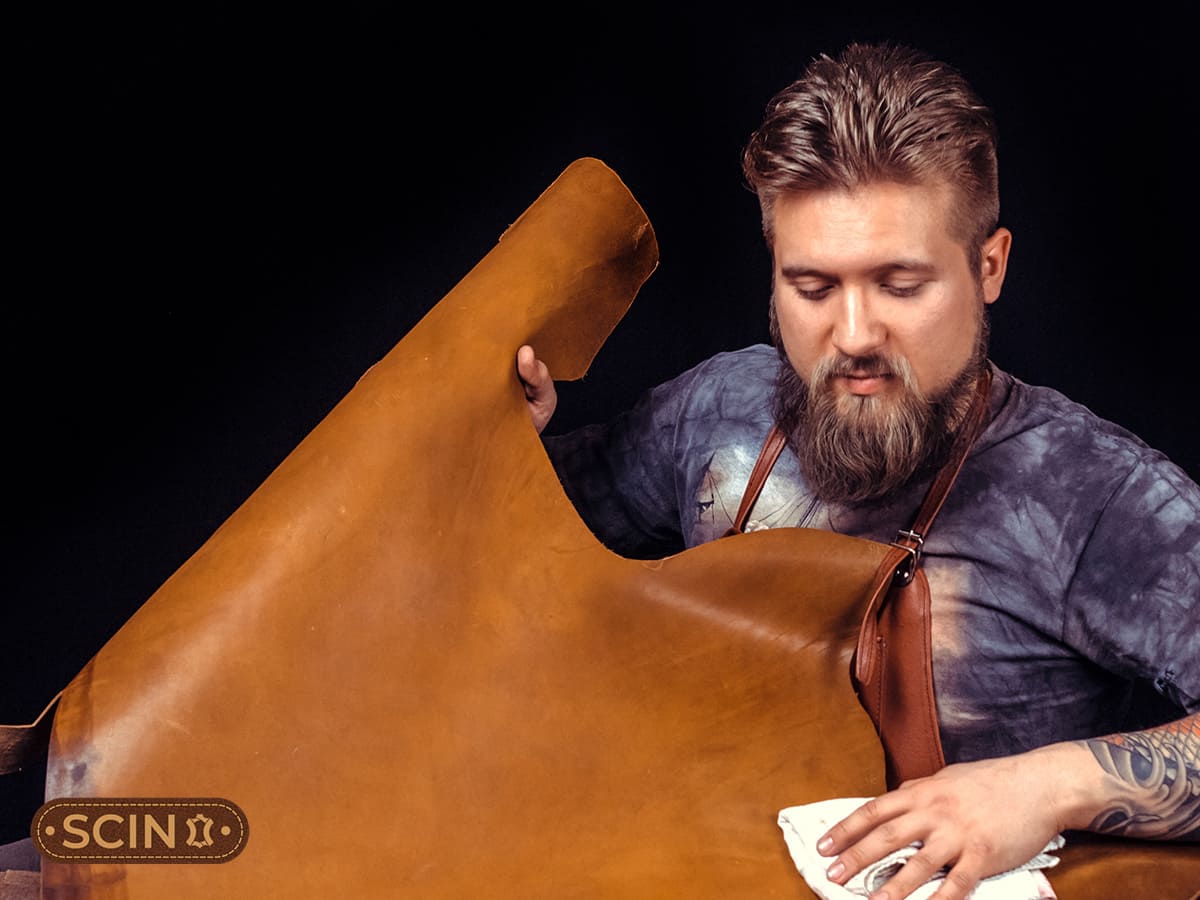
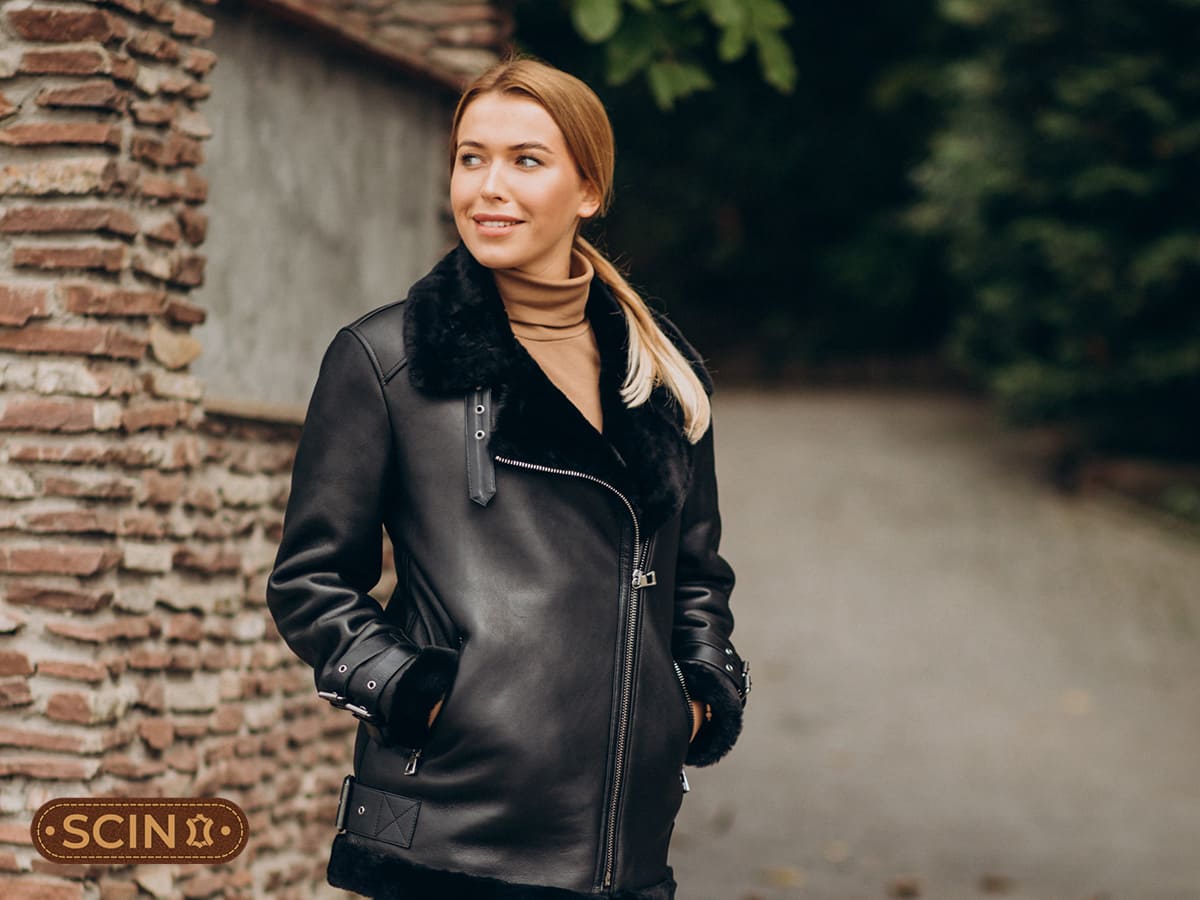
Comfort
The finishing of leather significantly affects the comfort of the leather item. Softer leather finishes like those of nubuck leather and semi-aniline leather provide a luxurious and comfortable feel against the skin, while pigmented and patent leather finishes can be less flexible because of the lack of breathability and natural texture.
